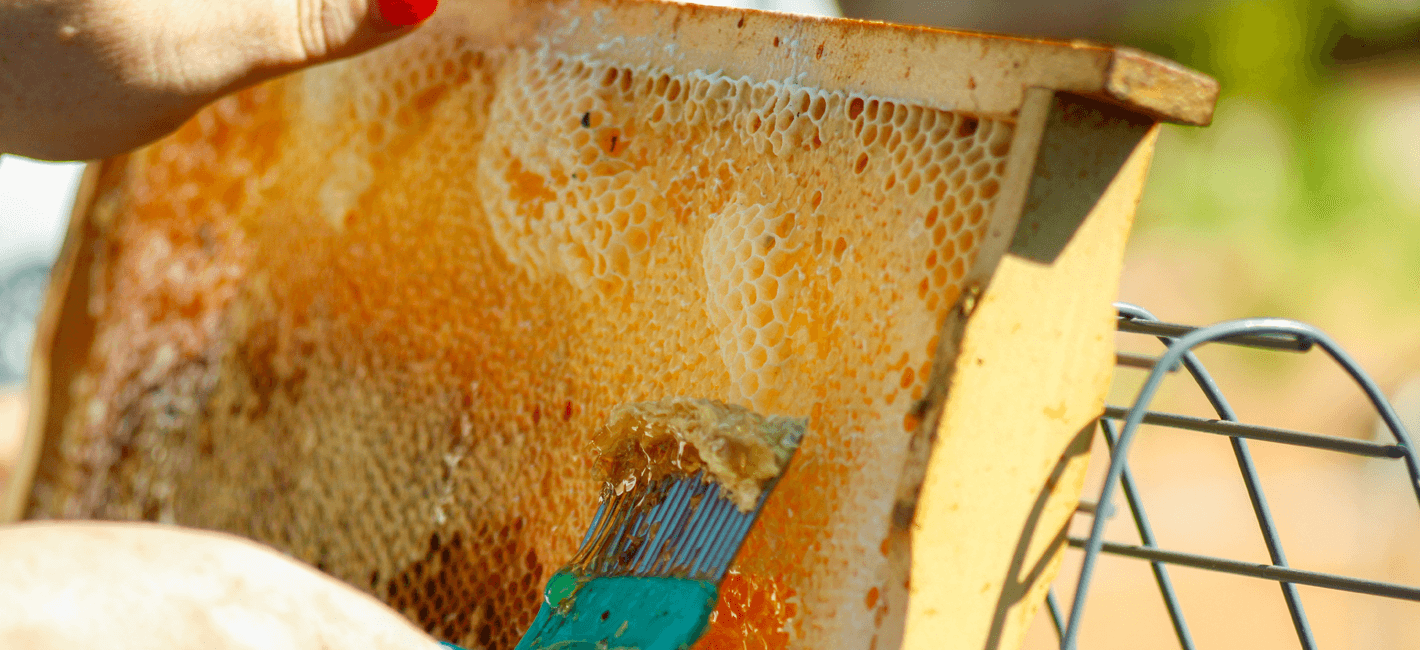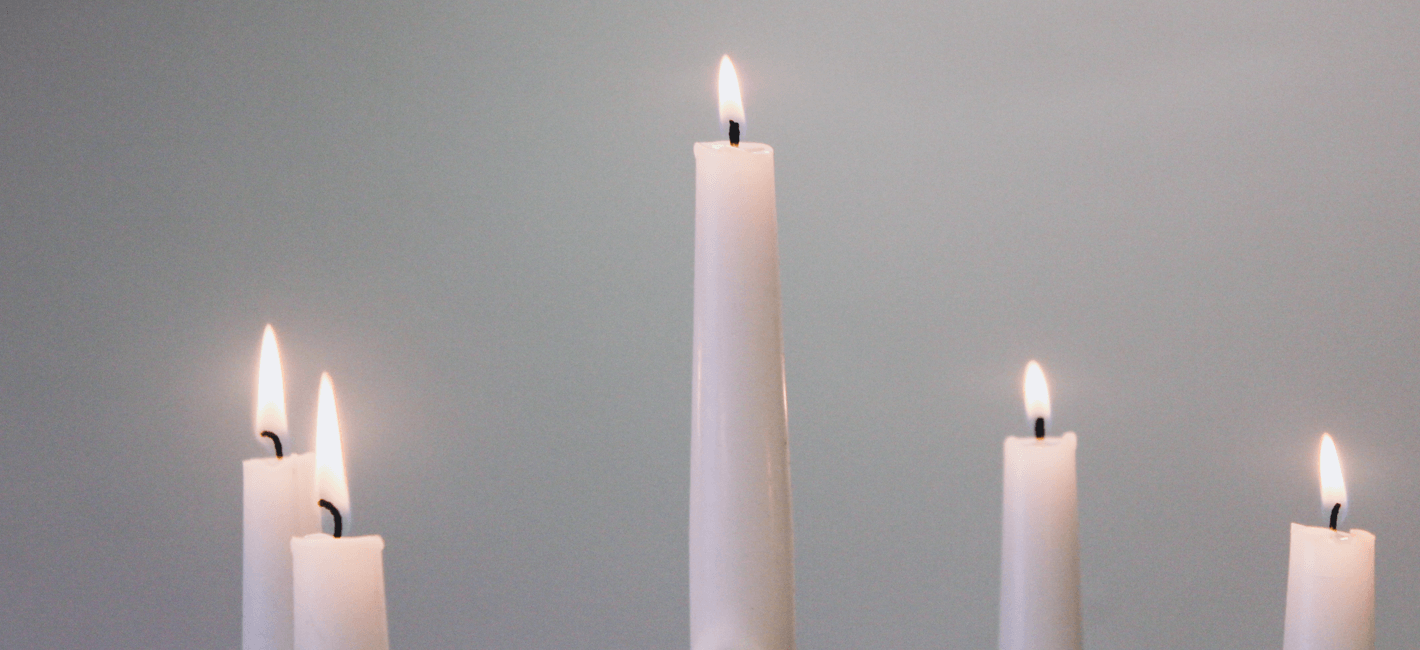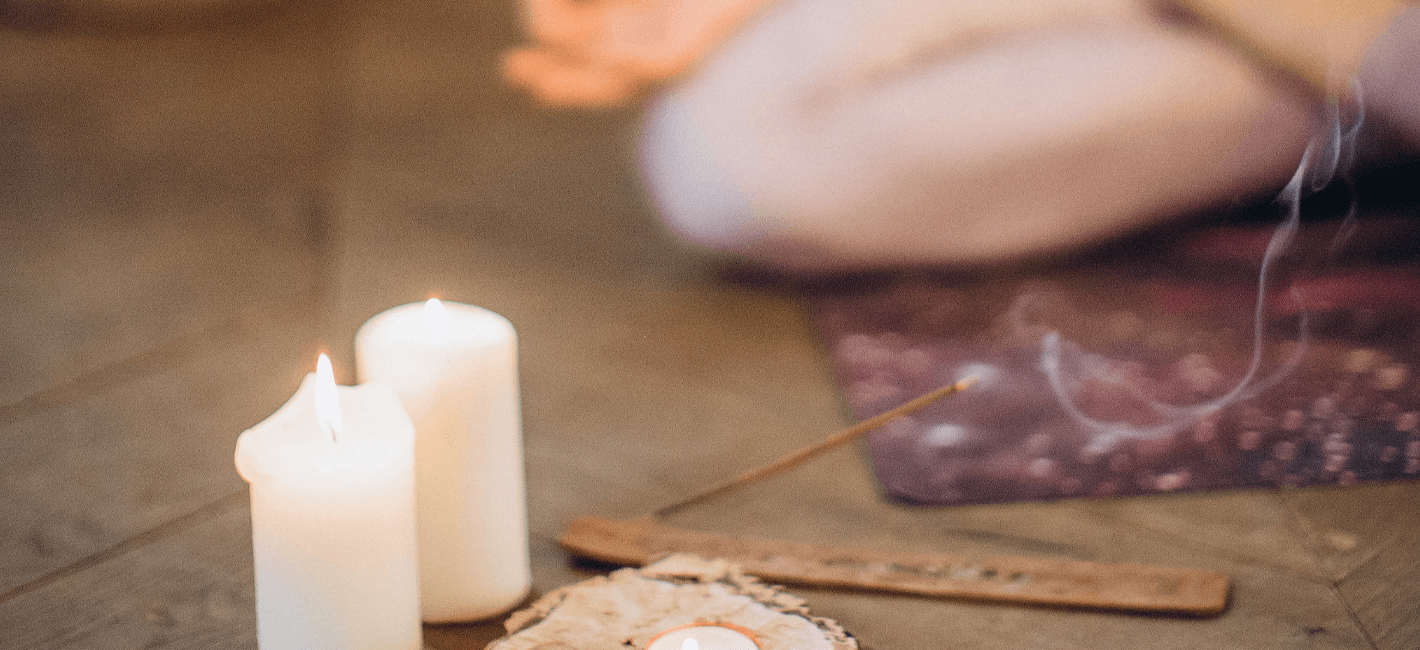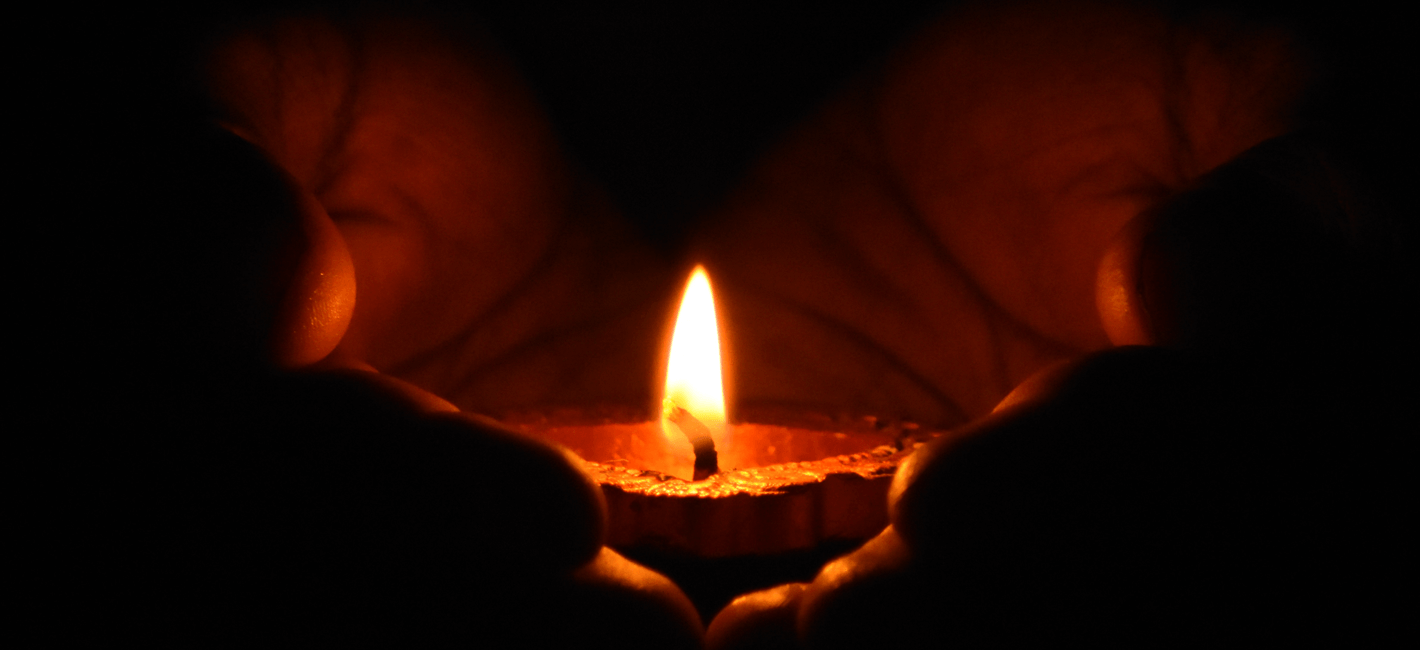How do candles work?
You’ve seen candles everywhere through your whole life, but you’re finally asking yourself; how do candles work?
All candles are made from an absorbent wick which is surrounded by wax. When the wick is lit, the heat from the flame melts the wax around the wick which is then absorbed by the wick drawing it upwards.
The heat from the flame melts the wax in the wick vaporising it into a hot gas. The molecules released combine with oxygen in the air to create heat and light. This combustion reaction keeps the candle wick lit and keeps the candle burning whilst a flame is present.

Types of candle wax
Historically candles were made from tallow, which is a rendered animal fat, and beeswax. The tallow tended to give off an unappealing aroma, as you can imagine, and in the 1850’s was replaced in favour of paraffin instead, which was being produced by oil refineries.
This has remained the most popular wax for use in modern candles although as consumers become more environmentally aware, plant-based and sustainable alternatives have become preferrable for many. The added benefit to these options is that natural waxes tend to give off less harmful chemicals when burnt.
Different types of wax have different natural colours, odours, burn differently and give off different natural aromas. Our summary below looks at some of the most widely available candle wax types.
Paraffin wax
The most commonly used type of candle wax and the least expensive. Paraffin wax is made from petroleum by-products and gives off soot when burnt.
In one way it’s a good thing that the discarded parts of the crude oil industry are not going to waste, but this is not an overly sustainable wax to use. Paraffin wax tends to hold scent better than other types of wax and is famously the wax preferred by Diptych candles which are exclusively made in France using all natural scents.
Coconut Wax
The new wax kid on the block. Coconut wax is harvested from coconuts, obviously, which are a high-yield and sustainable crop.
The wax produced from coconuts is milky white, contains no odour and has a clean burn without giving off any harmful chemicals.
Whilst this is a great option for making slow-burning candles, it can be expensive to buy currently.
Beeswax
100% natural product. This tactile natural substance is made during the honey-making process and is free from chemicals or additives. Thank you, bees.
Unfortunately, as a product made by animals it is does not make vegan friendly candles and it can be expensive. It does however make for a hard, malleable wax that it suited to making all different types of candles.
Bees wax candles are naturally golden in colour and have a slightly sweet-scented aroma. This type of wax also works well when blended with other types of candle wax.
Soy Candle Wax
Made from soya beans. This is another natural product and a perfect wax for vegan friendly candles.
Soy candle wax is known for its longer burning times compared to certain wax’s like paraffin wax due to it’s lower melting point.
It is fairly inexpensive, widely available and gives off less soot and chemicals when burnt than paraffin candle wax. Soy wax candles have a creamy colour, little natural odour and burn well.
This makes it a more popular choice of the public in recent years, due to it’s longer burning times. It’s non toxic burning properties which make it safe for humans & pets. See more information on dog friendly candles & find out if candles are bad for you.

Blended Wax
Made from a mixture of the above. Blended candles harness the different properties of different waxes to make candles that are reasonably priced and burn consistently. Blending waxes can help produce superior dyed and scented candles as certain waxes hold colour and aroma better.
Types of Candle Wicks
There are a surprising number of different wick types, and whilst this might not be the most exciting part of the candle, it can affect how well your candle burns, for how long and how much soot is given off.
Candle wicks come in three main types – cored wicks, flat wicks and square wicks. Different kinds of wick work with better with certain kinds of wax, container or shape as the composition of the candle wick will determine how the candle burns.

Wicks for candles can be made from hemp, zinc, paper or
cotton usually, and some types of wicks, such as cored wicks, may be constructed with more than one material.
For example, cored wicks containing a zinc core
wrapped in a braided cotton skin will stand straighter in the wax, burn at a lower temperature than other wicks and work well with most types of wax.
Crackle wick candles are increasingly popular, and these use
a wooden candle wick which when burns makes a crackle sound like a log fire.
Find out what is the best candle wick length for optimal burning & how to trim a candle wick.
Types of Candles
Candles come in all shapes, colours, scents and sizes depending on their required use. Candles for candlesticks and candle holders are generally long tapered candles, whilst those used in oil burners or in decorative holders might be contained in a foil casing in a shape known as a tealight.
Churches and other places of worship may prefer fat, round candles known as pillar candles, which will burn for longer therefore need replacing less frequently.

Candles can be coloured with dyes or left natural. Coloured candles might use wax that has been dyed with natural dyes made from organic matter, or artificial dyes to produce a whole spectrum of colours.
You’ll find candles that have decorative elements added to them too, such as dried fruit, dried flowers, herbs and spices. When used around the outside of the mould these can make pretty designs that look attractive when displayed.
Scents can be added to candles which give off a perfume when
the wax is burned, and the vapour is released. Adding essential oils known to have different properties is a popular method for making scented candles, with lavender for example, known to promote relaxation and reduce stress or lemon which helps focus and brings joy.
Seasonal scents can be synonymous with certain times of year, such as floral scents in spring, like hyacinth and narcissi, and spicy scents such as cinnamon and pine in winter and around Christmas.
Candle Uses
Candles were traditionally used as a light source before electricity was widely available. These days candles still provide a backup light option for power cuts, for homes with no electric lights and off-grid rural communities but are also popular for creating ambience, for ceremonial purposes, aiding wellbeing and relaxation, and even repelling insects.
In churches and places of worship candles have ceremonial significance and are sometimes lit to remember loved ones, to bring focus to prayer, vigils and in religious festivals like Hanukkah, the Jewish festival of light. Advent candles are also lit during the period before Christmas in Christian churches.

Aromatherapy Candles
Particularly relaxing candles are scented candles and
aromatherapy candles which contain essential oils that promote relaxation, such as jasmine, lavender and chamomile.
Candles can help create a calm environment for wellbeing rituals such as meditation, aromatherapy and massage therapy, giving of soft, warm light which aids relaxation.
Another type of popular scented candle are citronella candles, which have long been used to ward off biting insects such as midges, mosquitos and horseflies when burned outside.

Using a more natural source of light in the evenings and closer to bedtime can also help your body’s circadian rhythms know when to begin to produce that lovely melatonin hormone which makes us feel sleepy.
Switching to candlelight at the end of your day is a helpful way of promoting sleep and winding your body down, helping you to relax.
See our Candle FAQ for more information on maintaining your candles.
